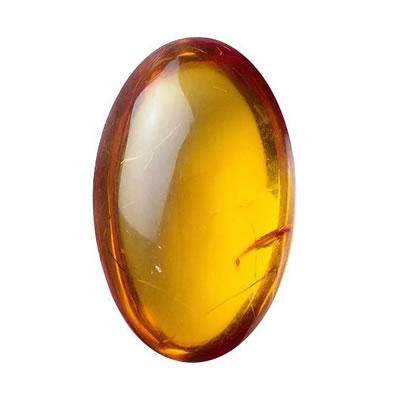Sodalite

Sodalite jewelry
Etymology and history
The name of Sodalite was given to this stone due to its high sodium content. This stone is dark blue color and Discovered in Greenland in 1806; Sodalite did not become an important ornamental stone until 1891 when large deposits of gem quality material were discovered in Canada.
Sodalite description
Sodalite is a rich royal blue mineral widely enjoyed as an ornamental gemstone. Although massive sodalite samples are opaque, crystals are usually transparent to translucent. Sodalite is a member of the sodalite group and—together with hauyne, nosean, and lazurite—is a common constituent of lapis lazuli. A light, relatively hard yet fragile mineral, sodalite is named after its sodium content; in mineralogy it may be classed as a feldspathoid. Well known for its blue color, sodalite may also be grey, yellow, green, or pink and is often mottled with white veins or patches. The more uniformly blue material is used in jewelry, where it is fashioned into cabochons and beads. Lesser material is more often seen as facing or inlay in various applications.
Sodalite in jewelry
Sodalite makes a great precious stone for jewelry. It has a hardness of 7 on the Moh’s scale and works great with many jewelry gemstones and precious metals. Most consumers love the look of sterling silver and sodalite, or gold with onyx. Platinum and white gold are also popular precious metals to mix with sodalite.
Occurrence
Significant deposits of fine material are restricted to but a few locales: Bancroft, Ontario, and Mont-Saint-Hillarie, Quebec, in Canada; and Litchfield, Maine, and Magnet Cove, Arkansas, in the USA.
Talk to Our Jewelry Experts
Monday to Friday from 9AM to 5PM EST













